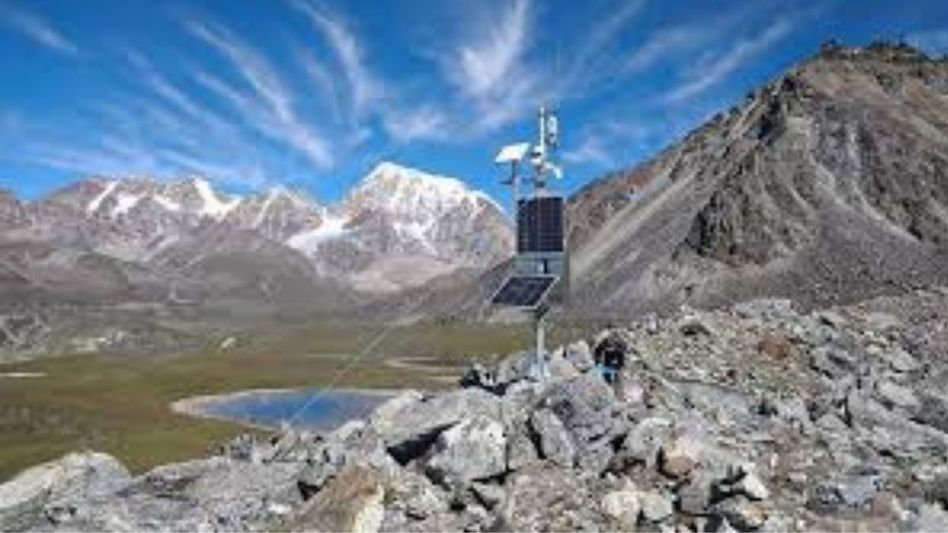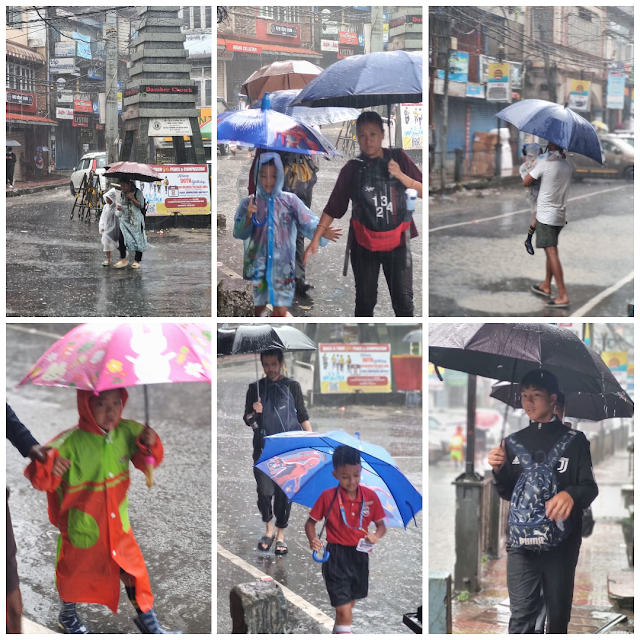Starting from Muguthang, the team progressed to South Lhonak, where they conducted bathymetric studies, installed pressure probes, and collected post-flood sediment samples. These studies are crucial for ongoing assessments of glacial lake outburst flood (GLOF) risks in the area.
From South Lhonak, some team members from the National Institute of Hydrology, the Central Water Commission, and the Geological Survey of India returned to the state capital, while others advanced to Changsang Lake. There, they continued their work assessing the stability and hazard potential of glacial lakes.
The final leg of the mission took the team to Thangu, where they studied the Yuleh Khangse Lake as part of their broader glaciological and hydrological research.
This expedition is a critical component of India’s expanding efforts to monitor the Himalayan glacial systems and enhance early-warning mechanisms to mitigate the risks of GLOFs and other climate-induced hazards in high-altitude regions, the officials added.








